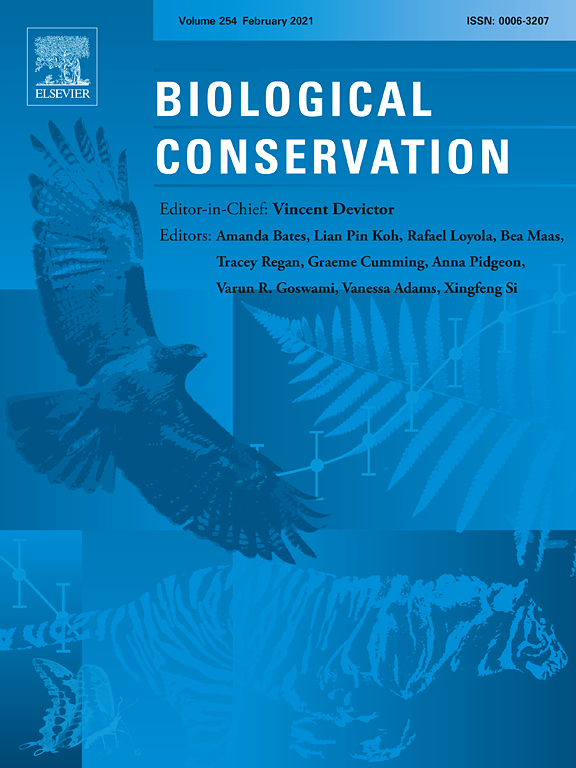Systematic conservation planning aims to identify comprehensive protected area net- works that together will minimize biodiversity loss. Importantly, conservation planners seek to deter- mine where to allocate limited resources first, particularly given the uneven spread of, and threats to, biodiversity. The International Union for the Conservation of Nature (IUCN) Red List of Threatened Species incorporates data not only on threats to species, but also on species distributions and ecolog- ical requirements. These temporal and spatial attributes, when combined with other datasets, have proven useful for determining the most urgent priority areas for conserving biodiversity, from the global level down to the scale of individual sites. Although many challenges remain, the increasing reliability and comprehensiveness of the IUCN Red List suggests that its role as a source of biodiver- sity data in systematic conservation planning is certain to expand dramatically.
DOI:
https://doi.org/10.3354/esr00087
Altmetric score:
Dimensions Citation Count:























